Disclosure: This article contains affiliate links. We may earn a commission from purchases at no extra cost to you, which helps our travel content.
I never imagined that my career as a precision machinist would lead me to tracking endangered mountain gorillas through the misty bamboo forests of Rwanda, but life takes unexpected turns. After decades of inspecting industrial equipment across continents, I've developed a keen eye for detail and a practical approach to travel that serves me well in even the most exotic locations. Last summer, my longtime friend Margaret and I splurged on what many consider the ultimate wildlife experience: gorilla trekking in Rwanda's Volcanoes National Park. This wasn't your standard holiday—it required physical stamina, careful planning, and a healthy budget—but the encounter with these magnificent creatures was worth every penny and bead of sweat. What follows is my straightforward account of how to prepare for, experience, and make the most of this extraordinary adventure.
Securing Your Gorilla Permits: The Critical First Step
Let me be clear about one thing: without a permit, there's no gorilla trekking. Full stop. These permits are strictly limited—only 96 visitors are allowed per day across all gorilla families—and they cost $1,500 per person as of my visit. Yes, that's right, $1,500 for a single day's activity. It's steep, but 10% goes directly to local communities, and the rest funds conservation efforts that have helped the mountain gorilla population recover from near extinction.
I've organized precision manufacturing schedules for three decades, so trust me when I say this requires advance planning. Book your permits 6-12 months ahead through the Rwanda Development Board or a reputable tour operator. We secured ours through Volcanoes Safaris, who handled all the paperwork efficiently.
The permit system works with military precision. You're assigned to a specific gorilla family and guide team on a specific date. There's no flexibility once assigned, and no refunds if you miss your slot due to illness or flight delays. This isn't like rescheduling a factory inspection—nature and conservation wait for no one.
For couples planning this trip, I recommend booking two consecutive trekking days. This gives you two different gorilla family experiences and accounts for the unpredictable nature of wildlife viewing. If one day brings challenging weather or distant gorillas, your second trek serves as insurance for a quality encounter.
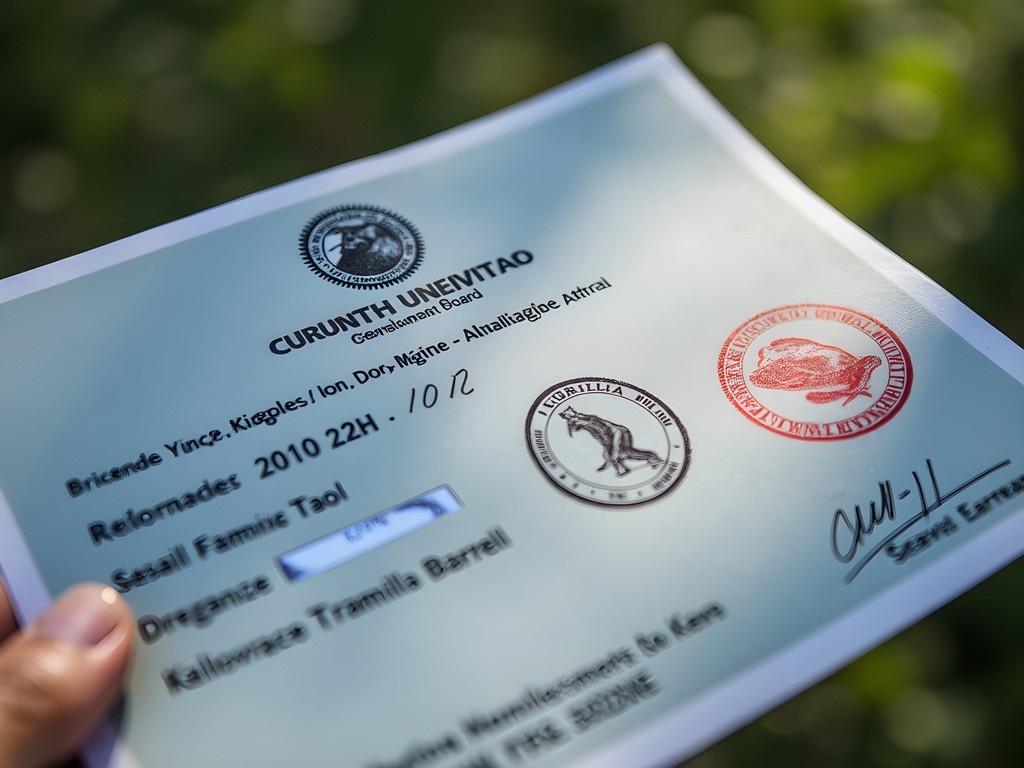
💡 Pro Tips
- Book permits 6-12 months in advance for your preferred dates
- Consider visiting during the drier months (June-September) for easier hiking conditions
- Purchase trip insurance that specifically covers your permit cost in case of illness
Luxury Accommodation Options: Where to Rest Your Weary Bones
After 30 years of sleeping in basic accommodations near manufacturing plants, I'll admit I was ready for a bit of luxury on this trip. Rwanda has positioned itself as a high-end destination, and the lodges near Volcanoes National Park reflect this strategy with prices to match.
We split our stay between two exceptional properties. First was Bisate Lodge, an architectural marvel resembling giant birds' nests perched on the hillside. Each villa features floor-to-ceiling windows overlooking the volcanic landscape, with interiors that blend local craftsmanship with modern comforts. The attention to detail in the construction was impressive—as someone who's spent a lifetime working with precision tools, I appreciated the flawless joinery and thoughtful design elements.
The second half of our stay was at Singita Kwitonda Lodge, positioned right at the edge of the national park boundary. The stone and timber construction felt solid and permanent, like it had grown from the volcanic soil itself. Each suite has a private heated plunge pool—absolute bliss after a day of trekking. The glass-walled bathrooms with freestanding tubs offer views of the volcanoes while you soak away the day's exertions.
Both lodges operate on all-inclusive models, with rates starting around $1,500 per person per night. This includes exceptional meals, premium drinks, laundry service (essential after muddy treks), and various activities. What impressed me most wasn't the luxury touches but the integration of local materials and craftspeople in creating these spaces. As someone who values craftsmanship, seeing traditional Rwandan imigongo artwork alongside modern amenities showed a respect for local culture that resonated with me.
For couples, I recommend the Eagle Creek Pack-It Specter Tech Compression Cube Set to organize your gear efficiently in these spacious rooms. The compression feature is brilliant for managing dirty trekking clothes separately from your evening attire.
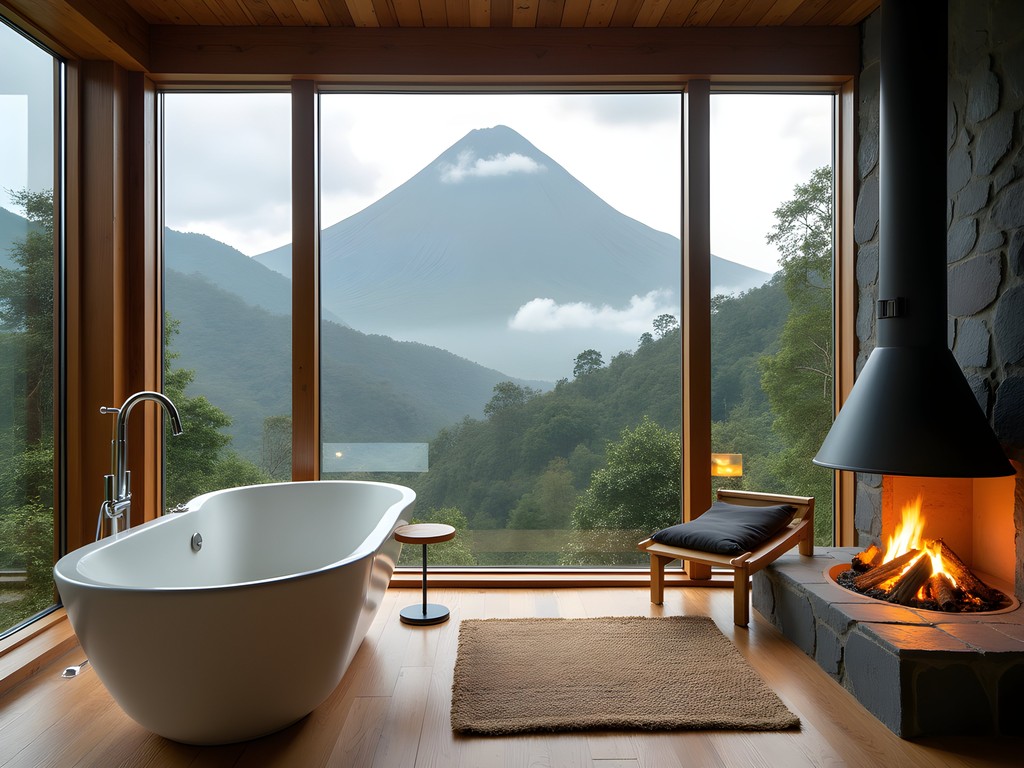
💡 Pro Tips
- Book accommodations that include transportation to/from the park headquarters
- Request rooms with volcano views for the most dramatic settings
- Pack light but smart—all lodges offer same-day laundry service
The Trekking Experience: What to Actually Expect
Let's talk straight about the trekking experience, because this isn't your casual nature walk. The clue is in the name—Volcanoes National Park—you're hiking up volcanic slopes at elevations between 2,500-3,000 meters. The terrain is steep, often muddy, and the vegetation dense. Having maintained industrial equipment in challenging environments for decades, I'm no stranger to physical exertion, but this tested even my stamina.
The day begins early with a 7:00 AM briefing at park headquarters. You're assigned to a group of eight trekkers maximum, plus guides, trackers, and armed rangers (a precaution against forest buffalo, not gorillas). Treks can last anywhere from 1-6 hours each way depending on where your assigned gorilla family is located that day. The gorillas move constantly through the forest searching for bamboo shoots and other vegetation, so there's no predicting how far you'll need to hike.
On our first day, we trekked for nearly four hours to reach the Hirwa family. The path began through terraced farmland before entering the forest proper, where the real work began. No maintained trails exist here—the trackers cut paths with machetes through the dense undergrowth. I've navigated my share of factory floors with heavy equipment, but nothing quite prepares you for scrambling up muddy slopes while grabbing onto bamboo stalks for support.
The trekking poles I brought were absolutely essential. The telescoping feature allowed me to adjust them perfectly to my height and the terrain, while the cork grips remained comfortable even when my hands were sweating. I've used various tools throughout my career, and these poles were as well-designed as any precision instrument.
When you finally reach the gorillas, everything changes. You're allowed exactly one hour in their presence—a strict conservation measure. Our silverback sat merely five meters away, methodically stripping bamboo stalks with his massive hands while juveniles tumbled playfully nearby. The precision of his movements reminded me of watching skilled machinists at work—deliberate, efficient, and purposeful. The guides communicate with the gorillas in low grunts, and the gorillas seem to understand the routine of human visitors.

💡 Pro Tips
- Hire a porter ($20) even if you think you don't need one—it supports local employment and you'll be grateful for the helping hand
- Practice hiking uphill before your trip—stair climbing with a backpack is good preparation
- When photographing gorillas, use burst mode to capture their quick movements
Essential Gear: Pack Like a Professional
As a machinist, I understand that having the right tools makes all the difference. Gorilla trekking requires specific gear, and after my experience, I can tell you exactly what's worth the luggage space.
First, proper waterproofing is non-negotiable. I invested in the waterproof hiking boots with ankle support, which proved invaluable on the slippery volcanic soil. Break them in thoroughly before your trip—I wore mine daily for two months prior. The Gore-Tex lining kept my feet dry through mud and morning dew, while the Contagrip soles provided traction comparable to safety boots I've worn in industrial settings.
Gardening gloves might seem an odd recommendation, but they're essential for gripping vegetation when the path gets steep. I packed a pair of lightweight, water-resistant ones that protected my hands from thorns and rough bamboo.
For clothing, think layers and quick-drying fabrics. I wore lightweight hiking trousers with zip-off legs, a moisture-wicking base layer, and a waterproof jacket. Avoid bright colors or camouflage patterns, which can disturb the gorillas or confuse rangers. Long socks that you can tuck your trousers into help prevent biting ants and scratches.
Camera equipment requires careful consideration. The forest is dark, and flash photography is prohibited around gorillas. I used a mirrorless camera with a fast lens (f/2.8 or better) and high ISO capabilities. A rain cover for your camera is essential—afternoon showers are common. Keep your gear accessible but protected; you'll want to quickly capture moments without fumbling through a backpack.
For carrying it all, I used a 25-liter daypack with a rain cover and hydration system. Remember that you'll be hiring a porter who can carry the pack during difficult sections, but organize it logically so you can quickly access essentials.
One item I wish I'd brought was a lightweight seat pad. When you find the gorillas, you might be sitting on damp ground or sharp vegetation for extended periods. A simple foam pad would have made observation much more comfortable.
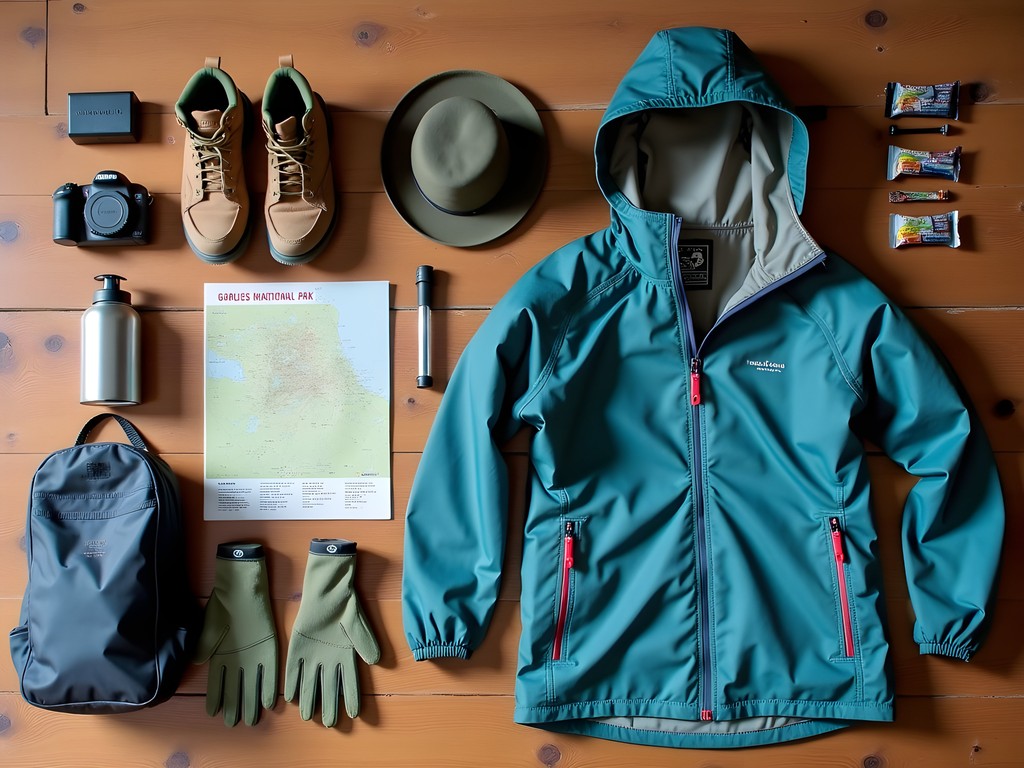
💡 Pro Tips
- Pack high-energy, non-melting snacks like nuts and dried fruit in a separate accessible pocket
- Bring twice as many camera batteries as you think you'll need—cold and altitude drain them quickly
- Wear gaiters or tuck pants into socks to prevent ants and mud from getting inside your boots
Cultural Considerations: Beyond the Gorillas
Rwanda isn't just about gorillas, and understanding the country's context enriches the experience immeasurably. As someone who's worked internationally for decades, I've learned that respecting local customs and history is as important as any technical skill.
First, acknowledge Rwanda's recent past. The 1994 genocide claimed over 800,000 lives in just 100 days. While the country has made remarkable progress in reconciliation and rebuilding, this history remains present. I recommend visiting the Kigali Genocide Memorial before heading to the mountains. It provides essential context and demonstrates remarkable resilience. The precision with which the exhibits are arranged—chronologically and thematically—reflects the methodical way Rwanda has approached healing.
In daily interactions, Rwandans value politeness and respect. Learn a few basic Kinyarwanda phrases: 'Muraho' (hello), 'Murakoze' (thank you), and 'Amakuru' (how are you?). These simple efforts are genuinely appreciated. As a Scot living in America, I know firsthand how meaningful it is when visitors attempt your native language.
Rwanda has banned plastic bags nationwide—an environmental policy they enforce strictly. Ensure any packaging in your luggage is plastic-free. This policy reminded me of the best manufacturing facilities I've visited, where systematic approaches to waste management create cleaner, more efficient operations.
The country also has a unique community service initiative called 'Umuganda,' where citizens participate in community improvement projects on the last Saturday of each month. If your visit coincides with this day, expect businesses to be closed until afternoon. The collective approach to community maintenance mirrors the teamwork I've seen in the best engineering workshops.
Finally, consider extending your Rwanda experience beyond gorillas. The country offers excellent coffee and tea plantation tours where you can observe the precision of processing methods. For couples, I recommend adding a few days at Lake Kivu for relaxation after the physical demands of trekking. The lakeside towns of Gisenyi or Kibuye offer a different perspective on Rwandan life and a chance to process the powerful gorilla encounters.
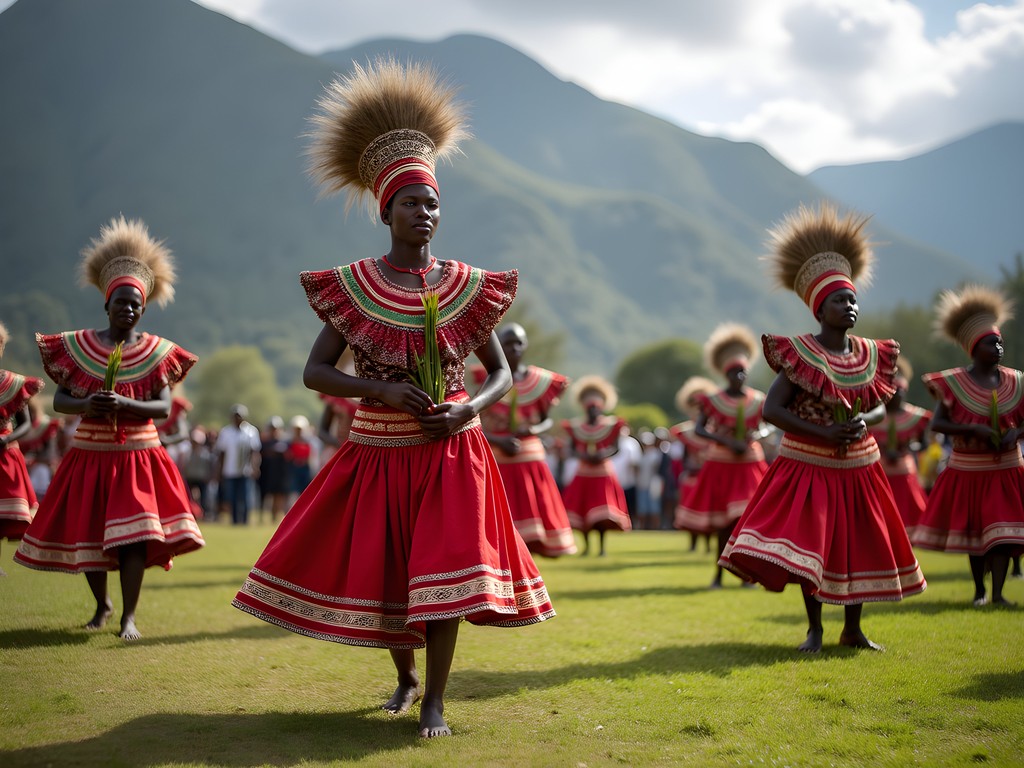
💡 Pro Tips
- Visit a local market near Musanze (the gateway town to the park) for authentic crafts and interaction with residents
- Participate in a traditional basket weaving workshop—the geometric precision of Rwandan designs is remarkable
- Ask your guide about their personal experiences; many have fascinating stories about conservation progress
Final Thoughts
As I sat in Kigali Airport waiting for my flight home, I found myself mentally recalibrating—much like I would adjust a precision instrument after significant use. The gorilla encounter had affected me more deeply than I'd anticipated. These creatures—so powerful yet vulnerable, so different yet familiar—offer a profound reminder of our place in the natural world. For couples seeking a transformative shared experience, there are few adventures that compare. Yes, it's expensive. Yes, it's physically demanding. But unlike many luxury experiences that fade with time, this one only grows in significance. The conservation model Rwanda has engineered shows remarkable foresight: high fees create exclusivity while funding protection and benefiting local communities. It's as elegant a solution as any mechanical system I've maintained over my career. If you're considering this journey, my practical advice is simple: commit fully, prepare thoroughly, and arrive with an open heart. The mountains and their magnificent inhabitants will handle the rest.
✨ Key Takeaways
- Book permits and accommodations at least 6-12 months in advance for this high-demand experience
- Physical preparation is essential—focus on uphill hiking and stair climbing before your trip
- The high cost funds critical conservation efforts and community development
- Consider visiting during June-September for optimal hiking conditions
📋 Practical Information
Best Time to Visit
June to September (dry season) or December to February
Budget Estimate
$15,000-20,000 per couple for a week (including permits, luxury accommodation, and flights)
Recommended Duration
7-10 days (including 2-3 days for gorilla treks)
Difficulty Level
Challenging

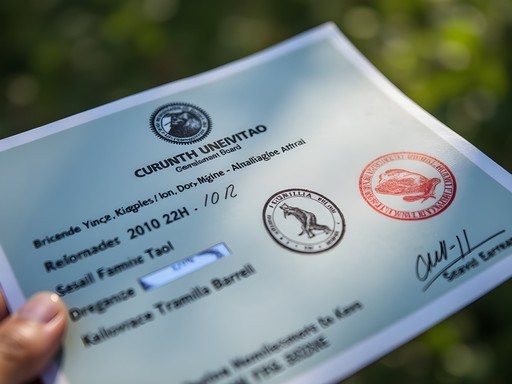
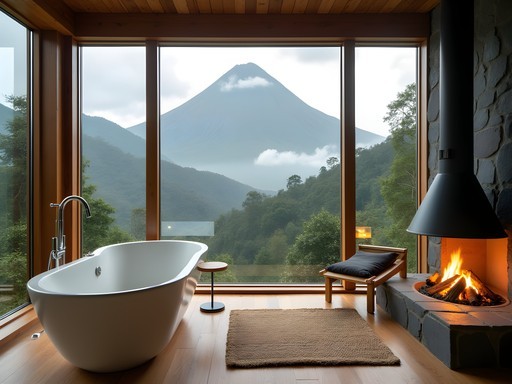

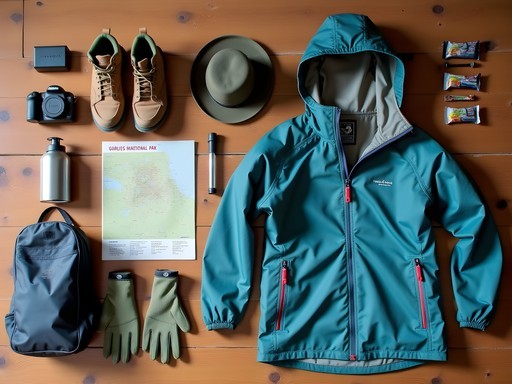
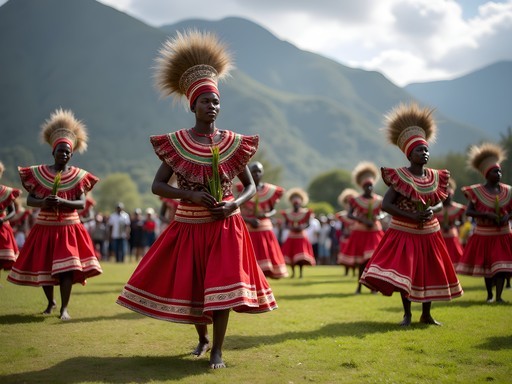


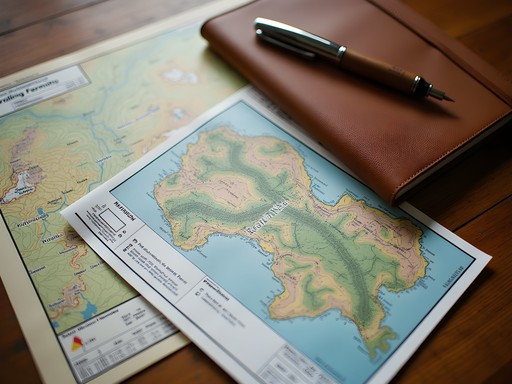

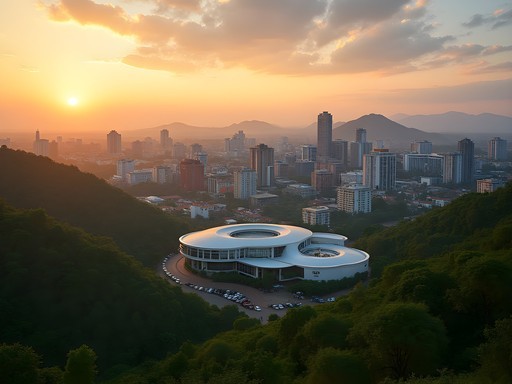
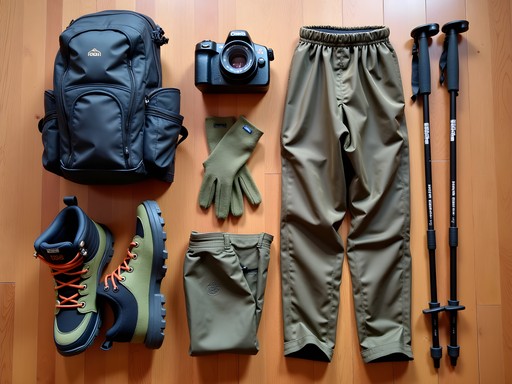

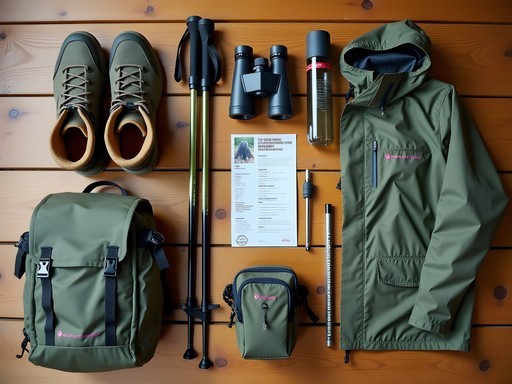


Comments
happylife
OMG this is at the top of my bucket list!!! I've been saving for two years and finally booked my permits for next January! So excited I could burst! Did anyone do any of the other activities in the park besides gorilla trekking? Wondering if the golden monkey treks are worth it too?
Douglas Bradley
I appreciate how you highlighted the conservation aspect of gorilla tourism. The revenue sharing with local communities is what makes this sustainable. When I visited last year, our guide explained that 10% of permit fees go directly to community projects. We visited a local school built with these funds - it's transforming the relationship between conservation and local livelihoods. One thing visitors should understand is the strict health protocols. The 7-meter distance rule exists because gorillas are susceptible to human illnesses. Anyone showing signs of illness won't be allowed to trek, so travel insurance that covers cancellation is essential. Also worth noting that porters are often former poachers - hiring them supports alternative livelihoods.
Jean Wells
Excellent guide, Stephanie! As someone who's completed gorilla treks in both Rwanda and Uganda, I can confirm your gear recommendations are spot on. I'd emphasize the importance of good hiking boots with ankle support - the terrain is often muddy and steep. My waterproof boots were invaluable. One additional tip for photographers: bring a lens that can handle low light conditions. The forest canopy creates challenging lighting, and flash photography is strictly prohibited around the gorillas. I found a fast 70-200mm lens perfect for capturing those magical moments without disturbing these magnificent creatures. The machinist perspective is such a unique angle for a travel piece - loved how you connected precision work to the precision of conservation efforts!
Stephanie Shaw
Thanks so much, Jean! Great point about the lens - I should have mentioned the lighting challenges. And yes, the conservation precision really struck me - how carefully they monitor each gorilla family and maintain the delicate balance of tourism and protection.
sunsetking
Going in November - is that a good time weather-wise? Worried about the rainy season affecting trekking conditions.
Lillian Diaz
I went in November last year! It does rain, but typically in short afternoon bursts. Morning treks are usually fine. Just make sure you have good waterproof gear and hiking gaiters for the mud. The misty conditions actually make for dramatic photos!
islandclimber
Going in November! Any tips for dealing with the rain? Is it too muddy to enjoy?
Douglas Bradley
November can be wet but it's actually a good time to go! Fewer tourists and the forest is incredibly lush. Just bring waterproof hiking boots and gaiters. The porters are worth hiring - not just to carry gear but they'll help you navigate muddy sections. The trails can get slippery but the rangers are great at finding alternate routes when needed.
explorefan
Those photos of the baby gorillas are incredible! How close do they actually let you get to them?
Jean Wells
The official rule is to stay 7 meters (about 23 feet) away from the gorillas at all times, but sometimes the gorillas themselves don't follow the rules! On my trek last year, a juvenile actually approached our group out of curiosity. The guides are very strict about the distance though - it's for both your safety and the gorillas' health protection.
Gregory Boyd
Excellent write-up, Stephanie. Your precision machinist background gives you a unique perspective! I've done gorilla treks in both Rwanda and Uganda, and the Rwandan experience is definitely more streamlined but at a premium price point. For those considering options, Uganda permits are about 1/3 the cost ($700 vs $1500) but the trek can be more strenuous. The bamboo forest terrain in Volcanoes NP is generally easier to navigate than Bwindi's dense jungle. One element I'd emphasize is the importance of listening to your guides - they communicate with the trackers and understand gorilla behavior intimately. When they tell you to crouch or move back, do it immediately!
exploreone
Just got back from Rwanda last month and this guide would have saved me so much stress! The permit process was more complicated than I expected. One tip I'd add - book your permits at least 6 months in advance if you're going during high season (June-September). We almost missed out because we tried booking only 3 months ahead. The trek was physically demanding but ABSOLUTELY worth it. Seeing those silverbacks up close was a life-changing experience.
explorefan
Was it really that strenuous? I'm planning to go next year but I'm not in the best shape...
exploreone
It depends which gorilla family you get assigned to. Some are closer to the trailhead than others. They can try to match you with an easier trek if you request it. Just be honest about your fitness level with the guides. And definitely do some hill training before you go!
greenhero
Those gorilla photos are incredible! What camera did you use?
Stephanie Shaw
Thanks! I used my mirrorless camera with a 70-200mm lens. The low light in the forest was challenging but the image stabilization helped a lot!
vacationway
Just got back from Rwanda last month and this guide would have been so helpful! The permit process was more complicated than I expected. One tip I'd add - book your permits at least 6 months in advance if you're going during high season (June-September). We almost missed out because we waited until 3 months before our trip. The Sabyinyo Silverback Lodge was worth every penny though!
oceanking
Was it really worth the $1,500 permit fee? Seems so expensive but everyone says it's life-changing...
vacationway
100% worth it. No photo or video can capture the feeling of being a few feet from a silverback. One of those rare experiences that exceeds expectations!
Venture X
Premium card with 2X miles, $300 travel credit, Priority Pass